
- Sustainable Planet -
- 8mins -
- 157 views
Halting the extinction crisis: these 10 examples prove we can restore wildlife if we really want to
BrightVibes shares 10 success stories to show that – when we really want and put our hearts and minds to it – we can help nature and wildlife to recover.
We still have time to act to halt this crisis as these 10 examples prove
Our planet is facing a global extinction crisis never witnessed by humankind. On average, we’ve seen an astonishing 60% decline in the size of populations of mammals, birds, fish, reptiles, and amphibians in just over 40 years, according to WWF’s Living Planet Report 2018 — The top threats to species identified in the report link directly to human activities, including habitat loss and degradation and the excessive use of wildlife such as overfishing and overhunting. Scientists predict that more than 1 million species are on track for extinction in the coming decades.
To ensure a sustainable future for all living things, we need to urgently curb the loss of nature. The biggest challenge—and biggest opportunity—lies in changing our approach to development and remember that protecting nature also helps protect people. So there is still time to halt this crisis, and below are 10 examples of how, when we really want and put our hearts and minds into it, we can help nature and wildlife to recover.
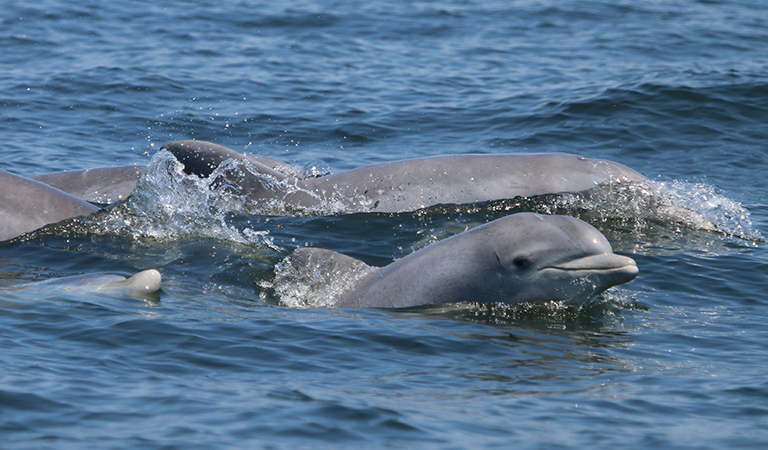
1. DOLPHINS RETURN TO LIVE AND BREED IN POTOMAC RIVER
In the 1960s, President Lyndon B. Johnson declared the polluted Potomac River a “national disgrace.” Now, the first evidence that the Potomac River is once again a breeding area for wild bottlenose dolphins has been recorded by graduate students working with Georgetown biologist and dolphin expert Janet Mann. The evidence was gathered on 17 August last year as part of the Potomac-Chesapeake Dolphin Project (PCDP), initiated by the biology and psychology professor nearly five years ago to make the first-ever study of dolphins in the Potomac. Around 1,000 bottlenose dolphins were recorded in the lower reaches of the recovering Potomac river, including one that scientists witnessed give birth in August. Witnessing a dolphin birth is rare, even for researchers. — Learn more.
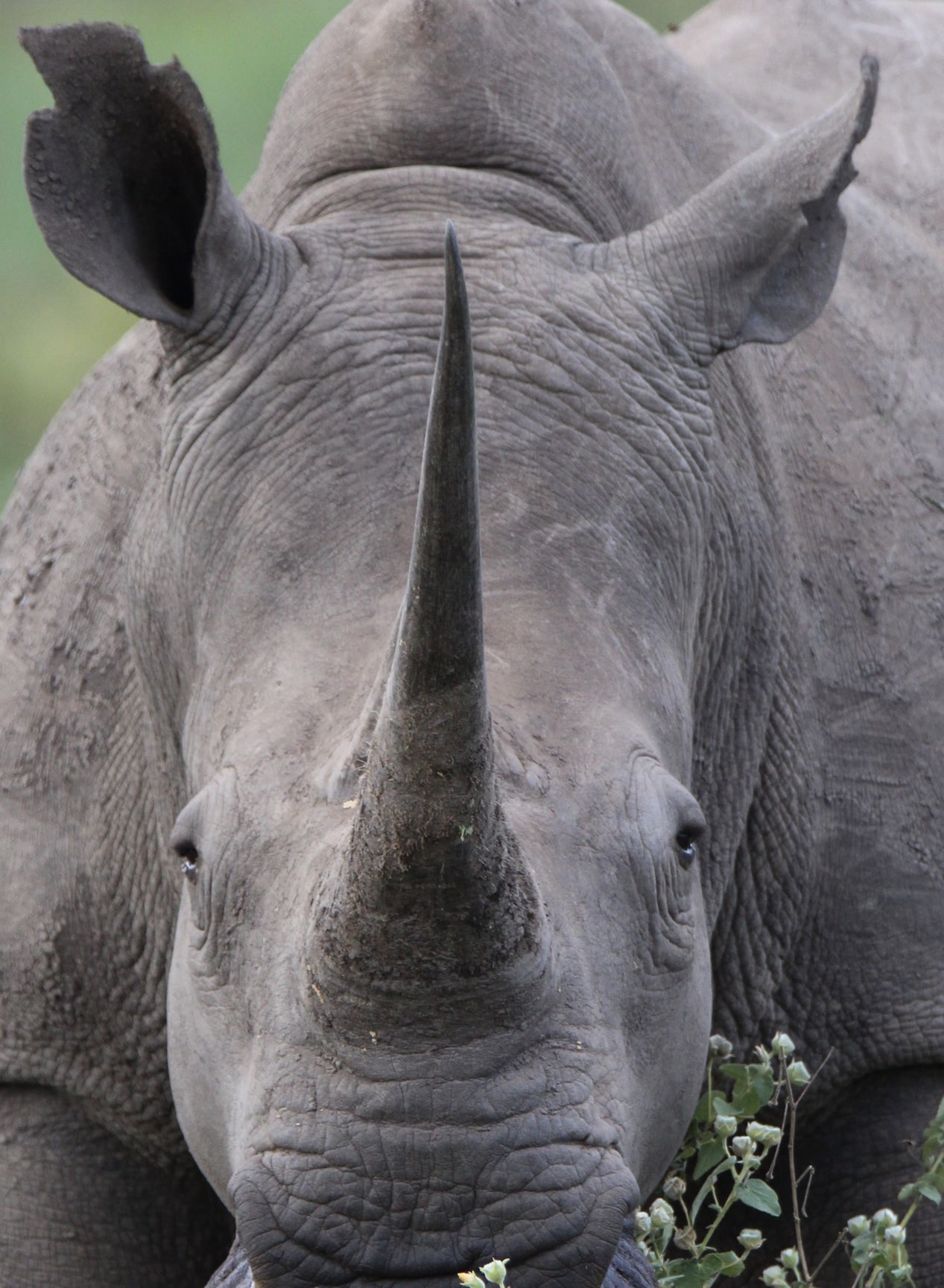
2. DECLINE IN RHINO POACHING AS SOUTH AFRICA CLAMPS DOWN ON SYNDICATES
Rhino poaching in South Africa is on the decline as the government makes a concerted effort to battle the criminal activity that threatens a critically endangered species. The falling numbers in poaching have become an established trend over the past 5 years as law enforcement agencies cooperated to take down cross-border syndicates operating in South Africa and neighbouring countries. “A decline in poaching for five consecutive years is a reflection of the diligent work of the men and women who put their lives on the line daily to combat rhino poaching, often coming into direct contact with ruthless poachers,” said Environment, Forestry and Fisheries Minister Barbara Creecy. “The success of the operations demonstrates government’s ability to work together in fighting wildlife trafficking in South Africa,” added Creecy. — Learn more.
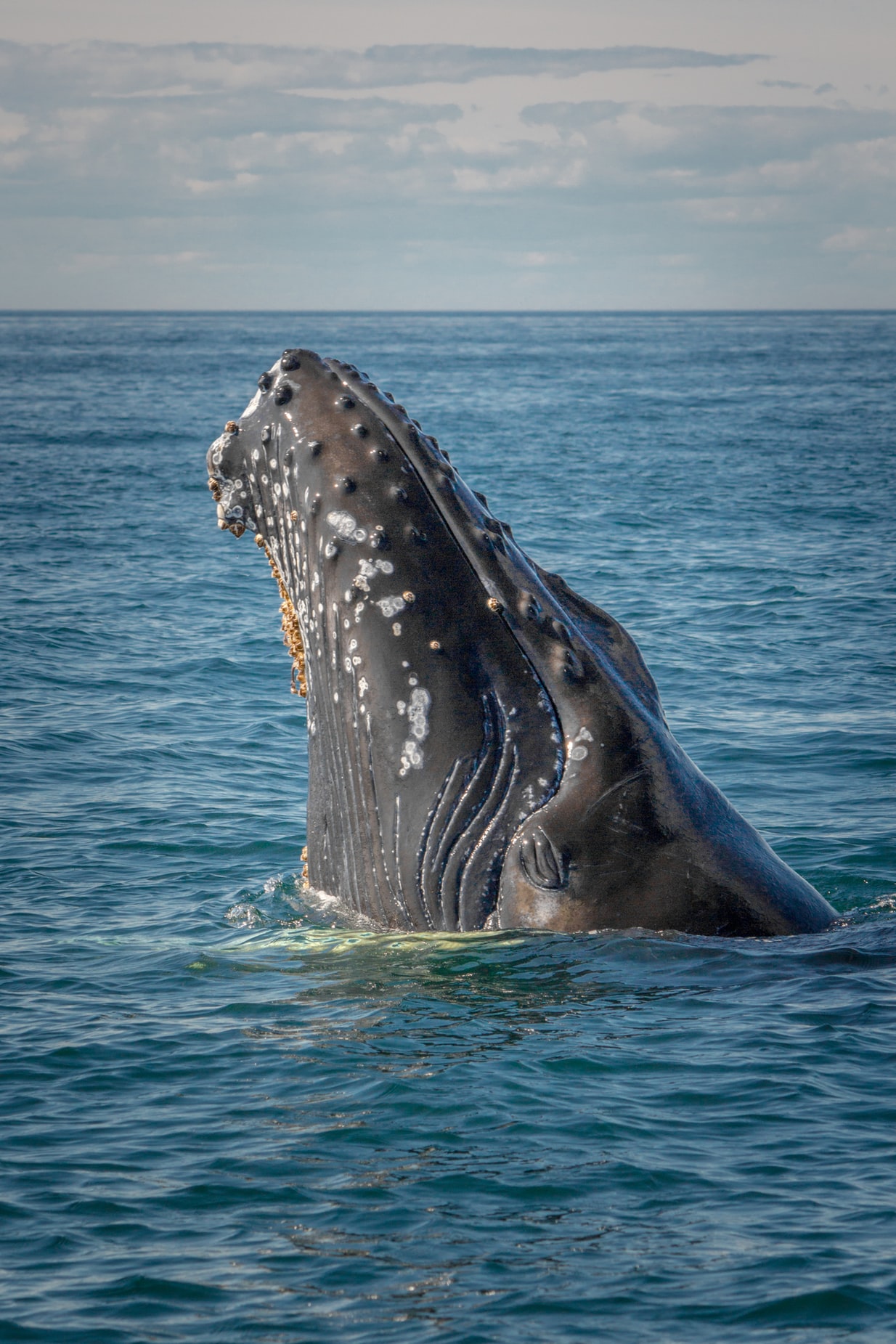
3. HUMPBACKS ARE MAKING A COMEBACK!
A key population of humpback whales is in recovery after it was pushed to the brink of extinction by centuries of human exploitation, according to a new study. Western South Atlantic humpbacks were reduced to a few hundred individuals in the 1950s, after once totalling some 27,000. However, efforts to preserve the animal have paid off, with current numbers estimated to stand at around 25,000 — about 93% of their pre-exploitation levels — the study published by the Royal Society reveals. — Click for more.
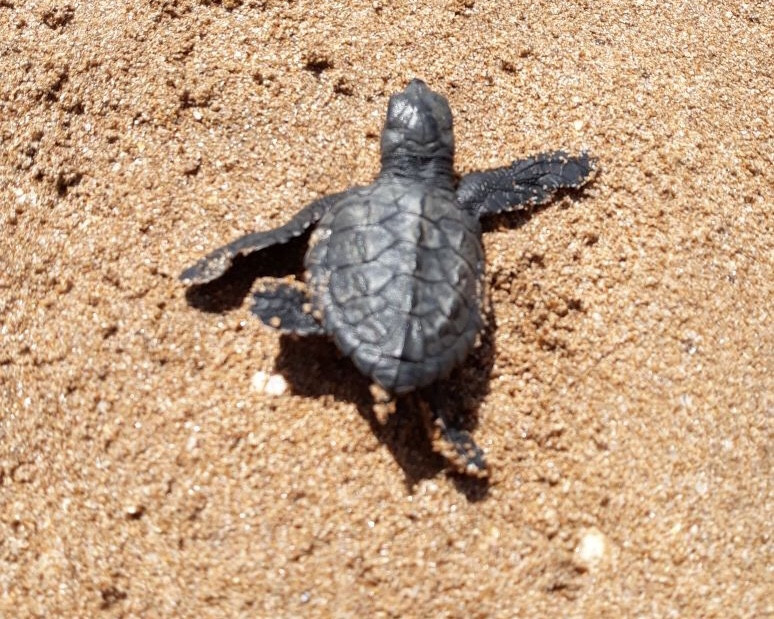
4. SEA TURTLES RETURN TO NEST ON MUMBAI BEACH AFTER 20 YEARS
Around 80 hatchlings were observed sctuttling into the sea after being born at Versova beach in late 2018. It is the first time in almost 20 years that Olive Ridley turtles have been born on that stretch of beach facing the Arabian Sea.
Mumbai lawyer, Afroz Shah, launched a massive volunteer project in 2015 to clear the beach. Volunteers of all ages and walks of life removed a staggering 5,000 tons of litter which was up to 5ft/1.5m deep in places, and local authorities provided amenities such clean-up marshals, garbage trucks and excavator machines. So successful was the project that the UN declared it the world’s largest beach clean-up.
Shah described the event as a "historic moment" and "fantastic news for Mumbai" as he watched the babies emerge and scuttle into the waves. — Click for more.

5. India tiger census shows rapid population growth
India is now home to nearly 3,000 tigers, a third more than it had four years ago, according to the latest tiger census. Prime Minister Narendra Modi, who presented the findings last July, said the tiger population had risen from 2,226 in 2014 to 2,967 in 2018. He added that India is "now one of the biggest and most secure habitats of the tiger".
A number of government initiatives to streamline tiger conservation – including a ban on hunting and awareness drives in villages -are said to be behind the increase of the population. India is now estimated to be home to around 70% of the world’s tigers. Learn more.

6. Mountain gorilla numbers on the rise despite threats
Mountain gorillas were once were once expected to become extinct by the end of the twentieth century, but thanks to sustained conservation efforts, a recently released survey has shown an increase in numbers in the Virunga Massif. Numbers rose from 480 in 2010 to 604 in 2016. Bas Huijbregts, manager for African species conservation at WWF said:
“This hopeful news for mountain gorillas solidifies an upward population trend that started over a decade ago. It is the result of impressive long-term collective conservation efforts between the three gorilla range countries and their partners, which not only benefits our closest relatives but also supports the livelihoods of local people in the Virunga’s.” — Learn more.
© Agami Photo Agency
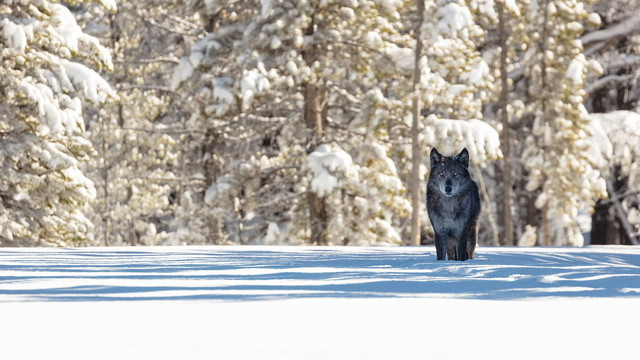
7. Wolf reintroduction caused unanticipated change in Yellowstone.
The reintroduction of wolves to Yellowstone National Park rebalanced elk and deer populations, allowing the willows and aspen to return to the landscape. The end to overgrazing stabilised riverbanks and rivers recovered and flowed in new directions. Songbirds returned as did beavers, eagles, foxes and badgers.
Over the past 25 years, sustained by the Endangered Species Act and supported by changing public attitudes, wolves have returned to their historical range in the Northern Rockies and the Pacific Northwest, restoring balance to those ecosystems. And the story is not over. There are exciting opportunities to restore gray wolves to Colorado and California, to recover red wolves in the Southeast and to rebuild Mexican gray wolf populations in the Southwest. Learn more.
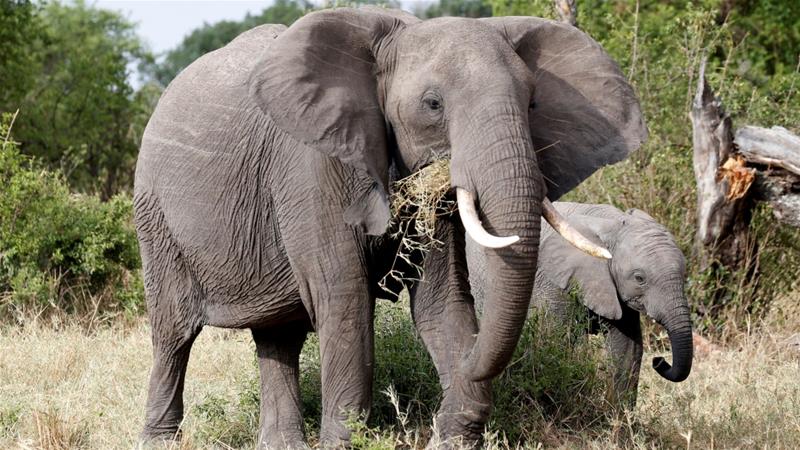
8. Tanzania elephant numbers on the rise
Elephant and rhino populations in Tanzania have begun to rebound after a government crackdown dismantled organised criminal networks involved in industrial-scale poaching, the country’s presidency said.
“As a result of the work of a special task force launched in 2016 to fight wildlife poaching, elephant populations have increased from 43,330 in 2014 to over 60,000 presently," the presidency said in a statement late last July. Learn more.
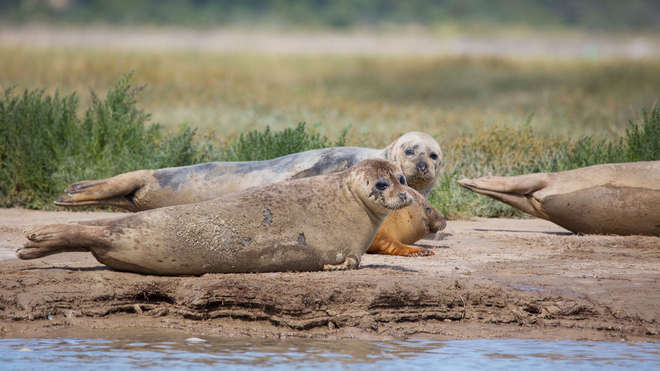
9. 138 HARBOUR SEAL PUPS BORN IN THE THAMES IN A SINGLE YEAR
A survey carried out by the Zoological Society of London (ZSL), which runs London Zoo, has found there are more than 3,500 seals now living in the Thames estuary — 1,104 harbour seals and 2,406 grey seals — and conditions in the revitalised waterway are so good the seals are breeding too. Scientists from the Zoological Society of London tallied up the total of 138 harbour seal pups after analysing hundreds of photos taken during the seal’s summer pupping season. The results of this analysis were released for the first time last week and form part of UK-wide seal monitoring initiatives. Learn more.
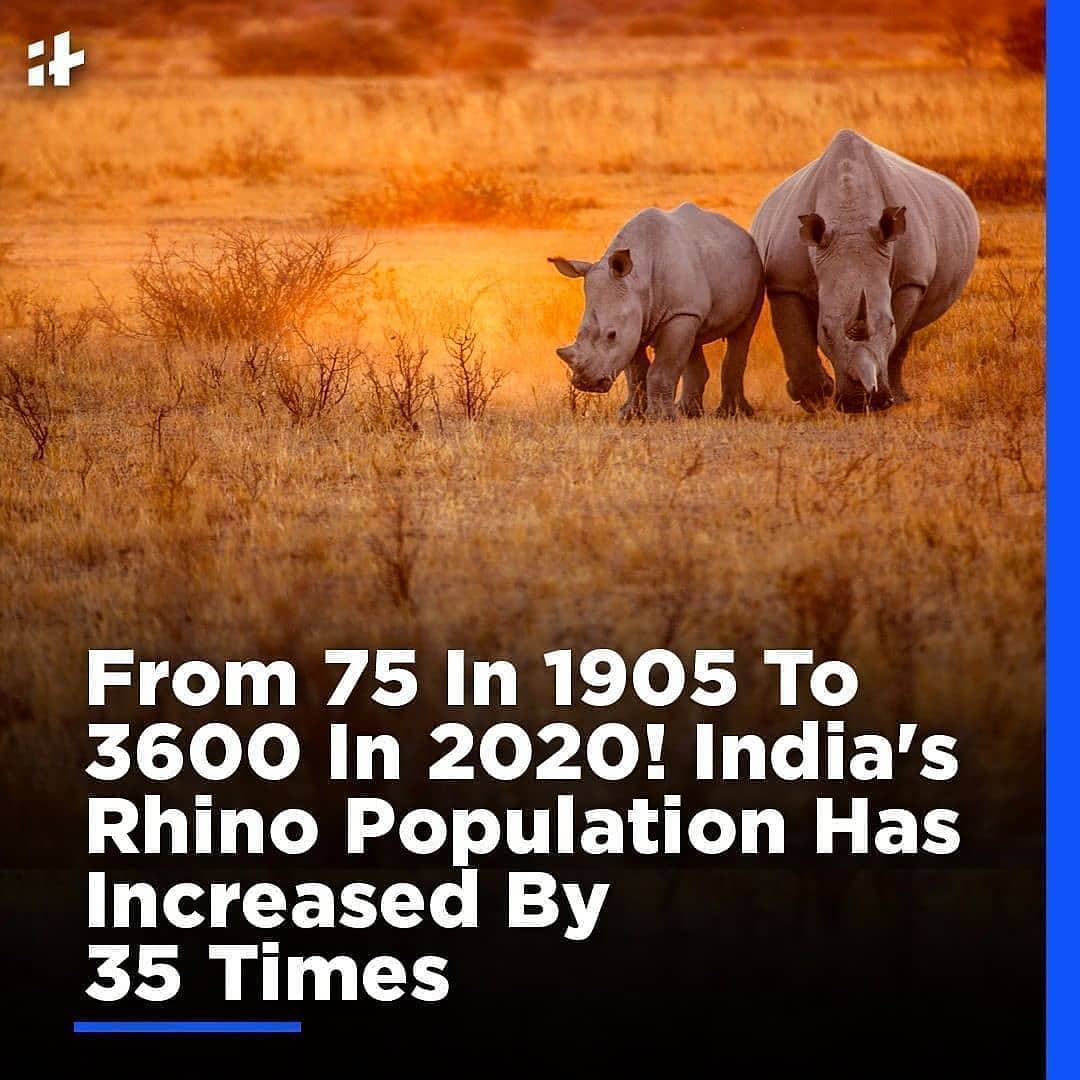
10. India’s Rhino Population Up 35 Times In 107 Years
While everybody knows of India’s efforts and struggles to conserve the tiger, here’s one of India’s most successful conservation stories: From a population of barely 75 in 1905, there were over 2,700 Indian rhinos (Rhinoceros unicornis) by 2012, according to the World Wide Fund for Nature–India (WWF-India), a global wildlife advocacy.
The Indian rhino was moved from its status of endangered (since 1986) to vulnerable in 2008 by the International Union for Conservation of Nature (IUCN). This was after a survey in 2007 by the IUCN Asian Rhino Specialist Group, which estimated that there were close to 2,575 one-horned rhinos in the wild, spread across parts of India and Nepal, with India being home to 2,200 rhinos, or over 85% of the population. — Learn more.
We still have time to act — say WWF and Center for Biological Diversity
To ensure a sustainable future for all living things, we need to urgently curb the loss of nature. The biggest challenge—and biggest opportunity—lies in changing our approach to development and remember that protecting nature also helps protect people.
WWF is working with governments, businesses, and communities to reduce carbon emissions, prevent habitat loss, and advance policies to fight climate change. WWF are focused on protecting wildlife and conserving natural resources like forests, oceans, fresh water, and grasslands. And they’re exploring new ways to feed our population without hurting the environment.
Meanwhile, by part in the Center for Biological Diversity Saving Life on Earth campaign, you can help build a coast-to-coast network to ensure the United States is a leader in saving the world’s biodiversity.
You can also read the Center for Biological Diversity’s new plan to confront this emergency. It’s full of bold, life-changing initiatives including a call for a $100-billion investment in endangered species and the creation of 500 new national parks, wildlife refuges and marine sanctuaries.
Ultimately, the world needs to come together to make a global deal to save nature, and the examples above show we can do it when we make the effort.

